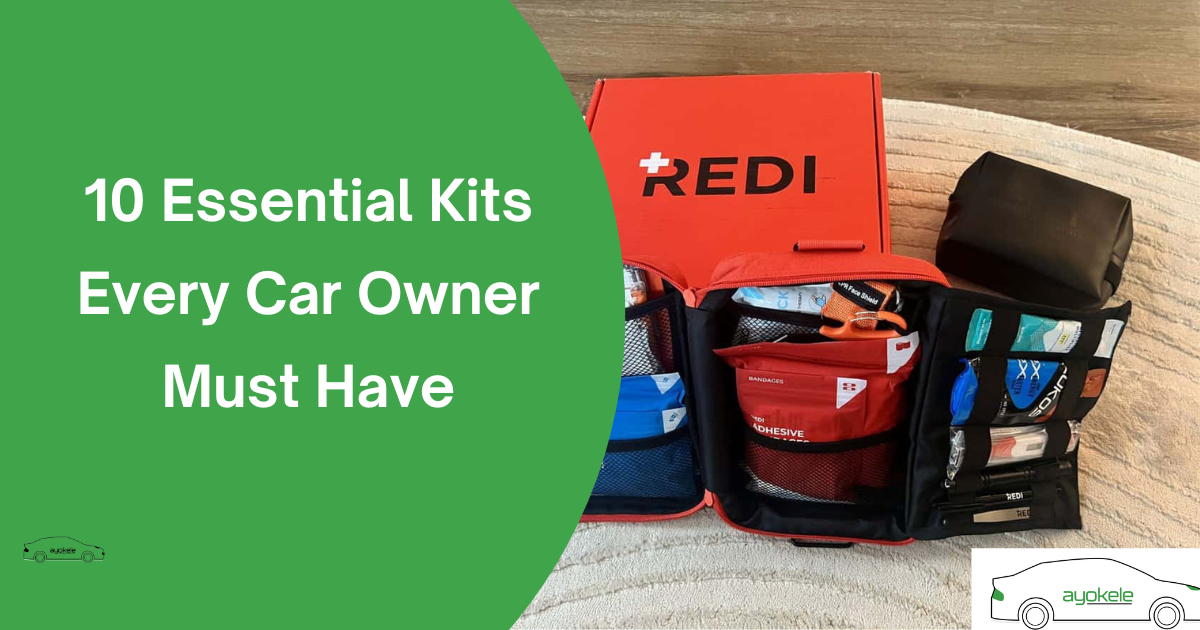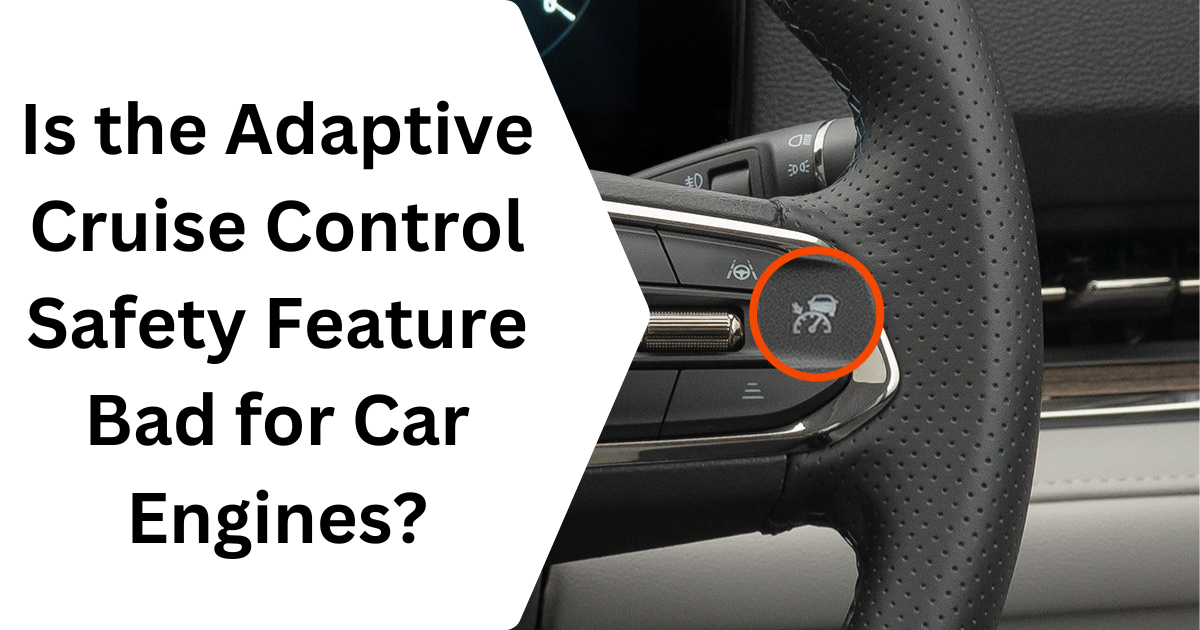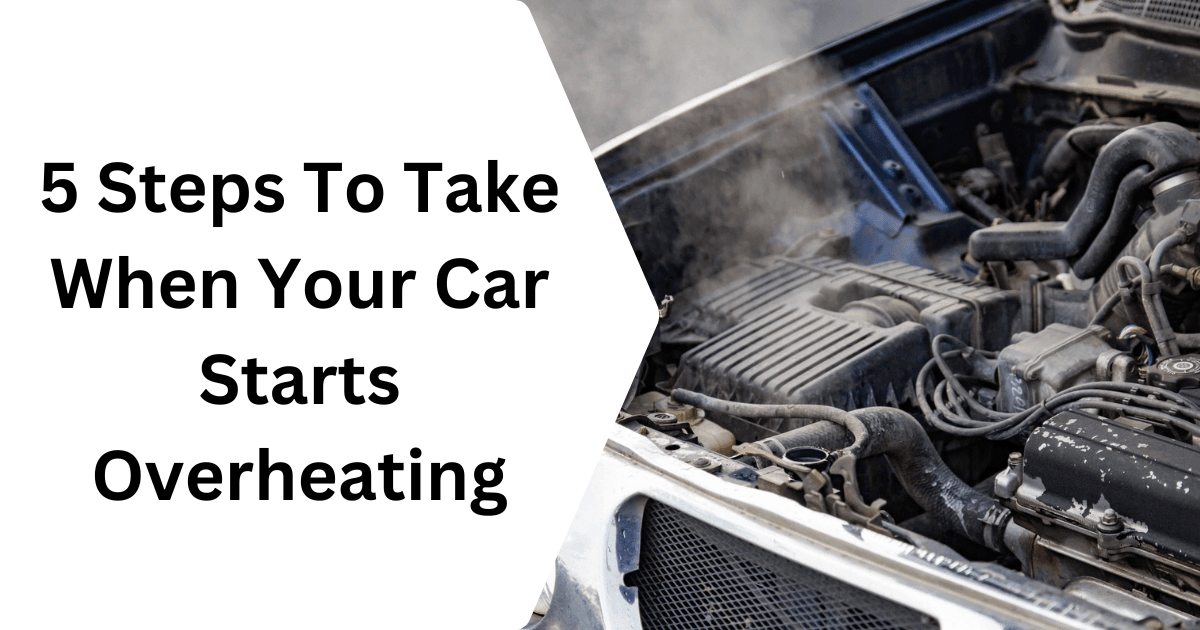Driving on the road comes with its fair share of uncertainties, from unexpected breakdowns to emergencies that require immediate attention. For car owners, being prepared can make all the difference in ensuring safety and avoiding unnecessary stress during such situations.
This article highlights 10 essential kits every car owner should have while driving. These items will not only help you handle emergencies effectively but also ensure a smoother and safer driving experience, whether you’re commuting in the city or embarking on a long journey.
Essential Kits Every Car Owner Must Have
1. First Aid Kit
A first aid kit is one of the most important items every car owner should have. It is essential for treating minor injuries like cuts, scrapes, or burns during emergencies on the road. A well-stocked first aid kit typically includes bandages, antiseptic wipes, painkillers, adhesive tape, gauze pads, and gloves. Having these items readily available can help you handle minor medical issues until professional help arrives, ensuring the safety of you and your passengers.
Store your first aid kit in an easily accessible area of your car, such as the glove compartment, door pocket, or under the seat. Make sure it’s secured to prevent it from moving around while driving. Regularly check the contents of the kit to ensure that items like painkillers and antiseptics haven’t expired, and replenish them as needed.
2. Tool Kit
A tool kit is essential for handling minor repairs or adjustments to your car while on the road. It typically includes basic tools like a screwdriver, wrench, pliers, and a tire pressure gauge. These tools can help with tasks like tightening loose screws, fixing minor engine problems, or even jumpstarting your car battery. Having a tool kit can save time and reduce the stress of waiting for roadside assistance.
To keep your tool kit organized, store it in a durable box or bag in the trunk of your car. Ensure the tools are well-arranged for easy access during emergencies. Choose a compact tool kit designed for automotive use, as it will include the specific tools needed for car-related tasks while taking up minimal space.
3. Spare Tire and Tire Repair Kit
A spare tire is critical for emergencies like a flat tire, as it allows you to continue your journey after replacing the damaged one. A tire repair kit is also essential for patching small punctures temporarily until you can replace the tire. This kit often includes items like tire patches, sealant, a jack, and a lug wrench. These tools are particularly useful for Nigerian roads, where potholes and sharp objects are common.
Your spare tire and tire repair kit should be stored in the designated compartment in your car’s trunk, which is often beneath the floorboard. Ensure the tire is properly inflated and check its condition periodically. Keep the tire repair kit organized in a small bag or case, and familiarize yourself with how to use the tools before an emergency arises.
4. Jumper Cables
Jumper cables are lifesavers when your car battery dies unexpectedly, allowing you to jumpstart your car with the help of another vehicle. Dead batteries are common issues caused by leaving lights on or cold weather, and jumper cables can save you from being stranded. These cables are affordable and easy to use, making them an essential part of any car emergency kit. Store your jumper cables in a clean and dry bag, preferably in the trunk or under the seat. Ensure the cables are not tangled to make them easy to use when needed. To avoid accidents, read the instructions or watch a tutorial on how to safely jumpstart a car if you’re unfamiliar with the process.
5. Flashlight with Extra Batteries
A flashlight is crucial for visibility during nighttime emergencies, such as fixing a flat tire or inspecting your engine in the dark. It can also help you signal for assistance if needed. A high-powered LED flashlight is ideal because it provides bright, long-lasting light.
Ensure you have extra batteries so the flashlight is always ready when you need it. Keep your flashlight in an easily accessible spot, such as the glove compartment or door pocket. Use a durable, water-resistant flashlight to ensure it functions even in rainy conditions. Test it periodically to confirm it’s working and replace the batteries if needed.
6. Fire Extinguisher
A fire extinguisher is a critical safety tool for dealing with car fires caused by engine overheating or fuel leaks. It can prevent small fires from spreading and causing extensive damage. Choose a fire extinguisher rated for Class B and C fires, which are suitable for flammable liquids and electrical fires often associated with vehicles.
Store the fire extinguisher securely in the trunk or under the driver’s seat, where it is easy to reach in an emergency. Use a mounting bracket to keep it in place and prevent it from rolling around while driving. Ensure the extinguisher is regularly inspected and replaced if expired or damaged.
7. Emergency Warning Triangle or Reflective Vests
Emergency warning triangles and reflective vests improve safety during roadside breakdowns by making your car visible to other drivers. Warning triangles can be placed behind your vehicle to alert oncoming traffic, while reflective vests ensure you remain visible when stepping out of your car at night or in low-light conditions.
Store your warning triangles in the trunk, ideally near the spare tire for easy access. Reflective vests can be kept in the glove compartment or under the driver’s seat. Familiarize yourself with how to position the warning triangles at the appropriate distance from your car to maximize visibility and safety.
8. Car Manual
The car manual is often overlooked but is an invaluable resource for troubleshooting minor issues. It provides detailed instructions on how to operate your vehicle’s features, check warning lights, and perform basic maintenance tasks. If you encounter a problem, such as a blinking dashboard light, the manual can guide you on what steps to take.
Keep your car manual in the glove compartment or door pocket for quick access. Make a habit of referring to it whenever you’re unsure about your car’s functions or performance. Having the manual on hand can save you time and help you resolve issues without professional assistance.
9. Portable Phone Charger or Power Bank
A portable phone charger or power bank ensures your phone stays charged during long trips or emergencies. Staying connected is crucial for contacting roadside assistance, friends, or family if your car breaks down. A power bank with a high capacity can charge your phone multiple times, ensuring you don’t run out of battery when you need it most. Store the charger or power bank in the center console, glove compartment, or door pocket for easy access. Ensure it is fully charged before each trip, and choose a compact model that doesn’t take up much space in your car.
10. Water and Snacks
Water and snacks are essential for staying hydrated and nourished during long drives or unexpected delays. Whether you’re stuck in traffic or dealing with a breakdown, having bottled water and non-perishable snacks like granola bars or nuts can keep you comfortable until help arrives. Keep water bottles and snacks in a small cooler bag or storage bin in your car’s trunk or under the seat. Replace the snacks regularly to ensure they remain fresh and check that the water bottles are properly sealed to avoid leaks.
Being prepared with essential kits while driving ensures safety, convenience, and peace of mind during emergencies. These tools can make all the difference in handling unexpected situations on the road. Equip your car today and drive with confidence!




